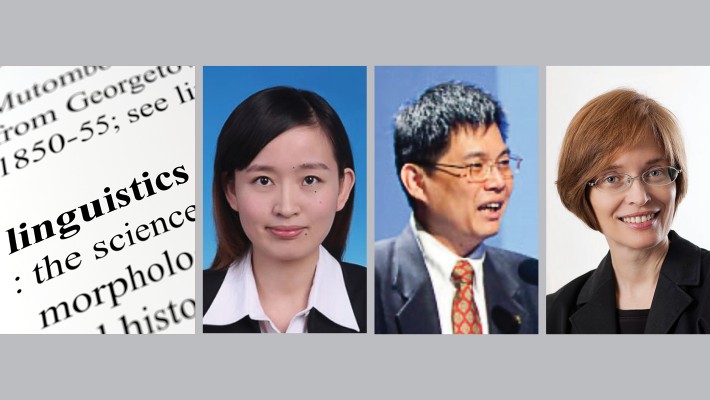Linguistics paper selected as Editor’s Choice by top journal
A paper titled “Directionality of linguistic synesthesia in Mandarin: A corpus-based study” published by three scholars from the Faculty of Humanities has recently been selected as Editor’s Choice by Lingua, a top journal in the field of linguistics, for its excellence and high relevance to the linguistics community.
Prof. Huang Chu-ren, Chair Professor of the Department of Chinese and Bilingual Studies, Prof. Kathleen Ahrens of the Department of English, and Dr Zhao Qing-qing, who received her PhD from PolyU in 2018 and is currently an assistant research fellow at the Institute of Linguistics of the Chinese Academy of Social Sciences, co-authored the paper.
Linguistics synesthesia is the linguistic device of describing one of our five senses with terms from another sense, such as “a bright sound”, “a warm colour”. The prevalent theory links this phenomenon to neurological synesthesia and assumes that linguistic synesthesia is solely based on the structure of human brains. This theory predicts that linguistic synesthesia in all languages should share universal patterns as human beings shares the same biological mechanism. This study is the first major study based on non-Indo-European languages and shows that Mandarin synesthesia has some unique directionality tendencies. The authors suggest that both neuro-biological basis and human experiences jointly provide the basis of linguistic synesthesia.







